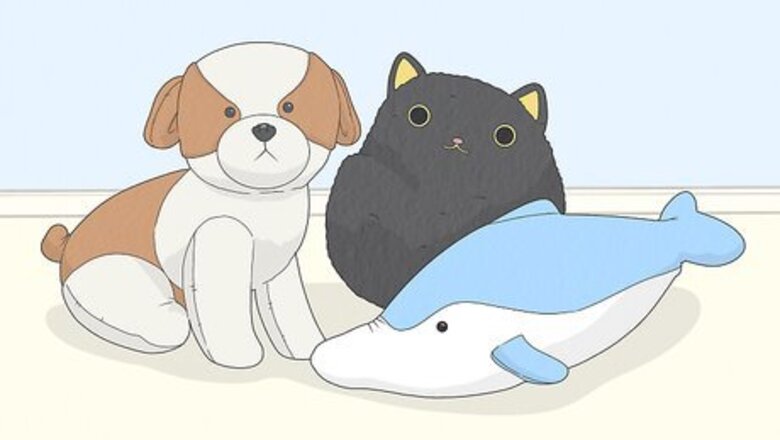
views
Brainstorming Ideas
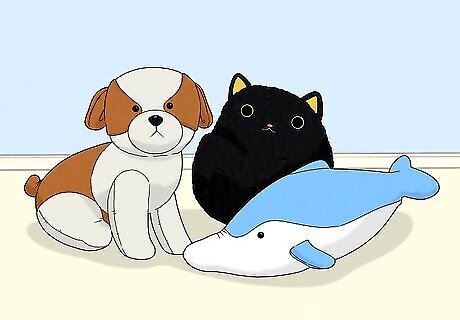
Think about the type of animal or creature you want to make. Dogs, cats, dolphins, dragons - anything can be made into a stuffed animal if you want to. Don't feel restricted by how hard something sounds! You can get creative with designs and simplifications as needed, to match your sewing skills. Doing commissions or custom plushies is a great way to try new ideas for designs if you feel you can't come up with anything on your own. You might be surprised with some of the things people want!
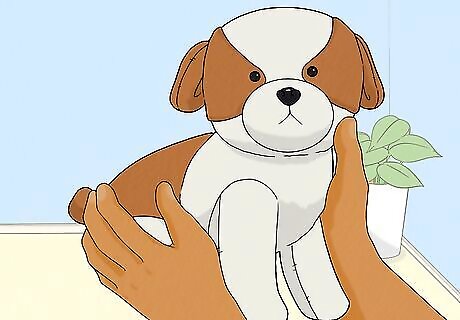
Search for existing plushies. It can be hard to come up with an idea from scratch, so it's recommended to search online, in magazines, or in retail stores for the creature you want to make. Find the design features you personally find cute or interesting and take note or sketch pictures if you need too. Examples of features include big eyes, embroidered whiskers, floppy tails, a certain style of wing or fur, anything that you think looks nice and that you can do.
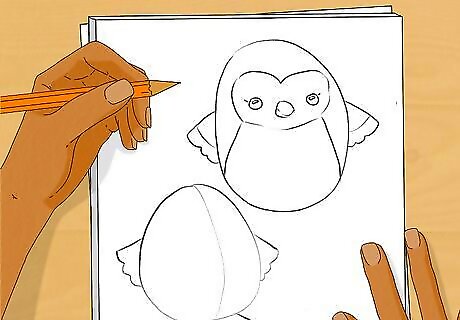
Draw a sketch of how you want the animal to look. Try to aim for what you think would make the pattern the simplest. Can you incorporate the legs into the body? Can you get away with not sewing feet by having the animal sit down? "Shortcuts" in sewing are not cheating and can make the overall design process much easier.
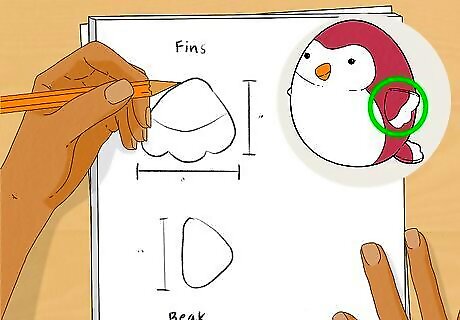
Find out where the easy, flat parts would go. These include tails, ears, etc. You can draw the pattern for these as simple, two-dimensional shapes. You will cut two of these shapes and sew them together to form the body part. Ears, tails, legs, spots, noses, wings, claws, antlers, and horns can all be made from fairly simple patterns. If you plan to use a non-stretchy fabric, try drawing the pattern a little wider than you think you might need to make it.
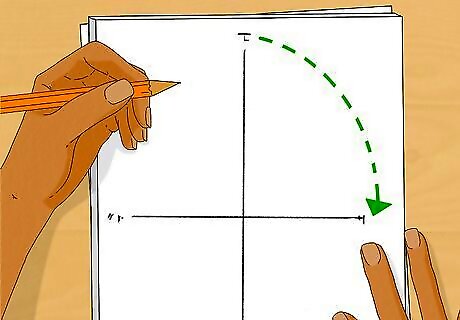
Draw the darts if you need them. Darts are small cuts into the pattern piece, that, when sewed together, can help add roundness to the shape. If you have a hard time visualizing darts, grab some scrap fabric and experiment with them. Cut in shapes, sew them together, and just see what happens. The best way to learn is through experience, and simply playing with how darts work in your chosen fabric can help you understand bigger projects later. Keep in mind that wider, longer darts produce more dramatic curves, while smaller, thinner ones make finer detail.
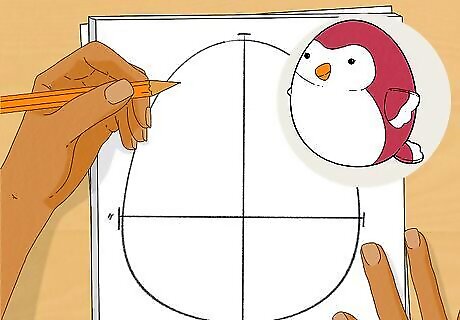
Sketch the gussets. Gussets are a piece inserted into the seam to add width, an often go on the forehead to make round, three-dimensional heads and snouts or on the bellies to make 3D legs. Look at other toys you can find and identify gussets to observe where they fit in and what they are shaped like. Modify yours until you think they are ready. Make sure you always measure your gussets and other parts to make sure they will line up together neatly. It may help to hold the paper patterns up against each other just to guarantee everything fits. If this is your first time designing a pattern, you may want to opt for a simpler, rounded oval-type gusset on the head as this will be easier to design and sew. If you are more experienced, try more nuanced head gussets that define the snout and forehead,
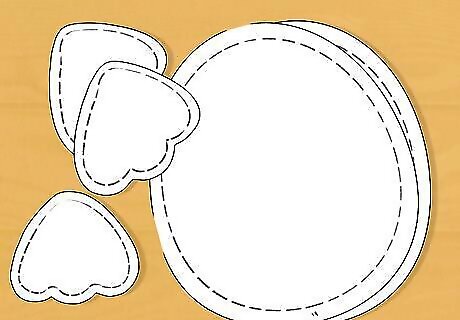
Cut out your pattern. Trace it onto a tougher paper, like card stock, if you want.
Testing and Refining
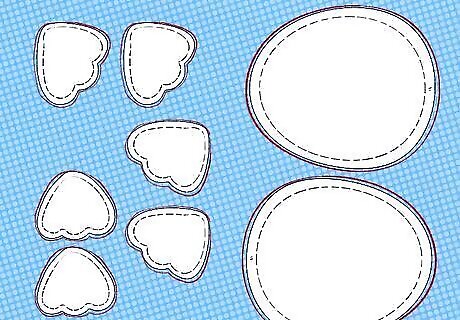
Make a prototype using a cheap fabric that behaves like the one you want. Cut out your pattern pieces. Sew them the way they fit together with a contrasting color of thread. If you notice certain pieces don't line up at all, you may want to go back to refine your pattern more before continuing with prototypes; otherwise you will end up with pieces that don't work and soon will have been a waste of time.
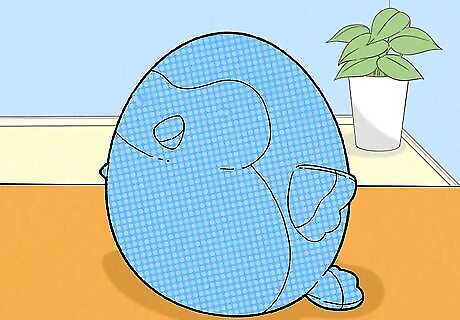
Stuff your prototype. It may be time-consuming and seem unnecessary for a test piece, but you can really feel the way the shapes work well once it's been stuffed with the material of your choice. Once you see it full, mark where you think improvements need to be made, with a pen or marker. These can be big or small.
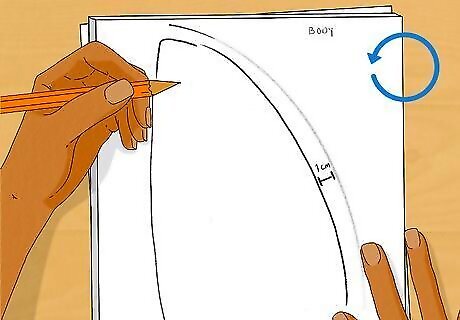
Refine your pattern. You may need to cut down pieces, tape on additions, or completely draft new ones. Measure your pieces as well, to make sure everything lines up. If certain pieces didn't match in your prototype, make sure to fix them so they match. For instance, if you find that you want the head of your creature to be rounder and wider, you may want to consider adding a gusset to make the head more three-dimensional and realistic. Keep in mind, any major new parts you add must be tested to ensure they produce good animals.
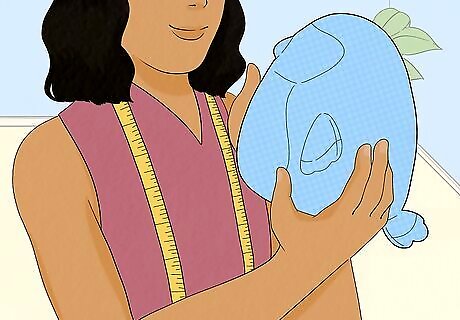
Continue testing until you are confident in the pattern. You may have to test anywhere from once to 10 times. Just keep refining and testing, and don't settle for anything less than what you want. If you're frustrated with a specific pattern piece, move onto a different one. For instance, if you're stuck with getting the head of your doll right, move onto the body. You will still be productive, but rather than trying and failing at a tricky part, you're working forward while getting experience that may figure out the problem-piece!
Making the Final Toy
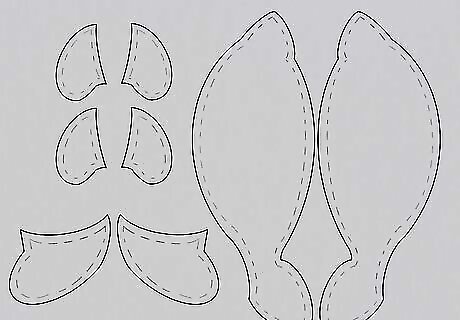
Trace your patterns again onto fresh, clean paper. This way they will not be crumpled or torn while using.
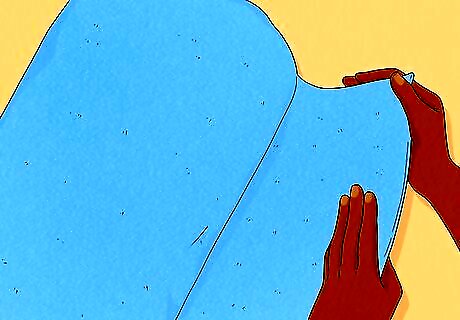
Pick your final fabric. The fabric you pick can have a big impact on what the toy is like when it is finished. Felt is very common and easy to find. Higher quality wool or wolf-blend felt is recommended over cheap acrylic as it feels nicer to work with and doesn't stretch. High quality felt doesn't stretch and doesn't have raw edges, which makes it a good idea for beginners and/or hand sewing. Fleece is very popular as well. It is cheap and can come in a variety of colors and patterns, and it doesn't fray or wear. It is warm and soft, and very easy to find at your local craft or fabric store. Fleece also comes in different varieties, from polar to anti-pill to sherpa. If you're using a type of fleece with a "right" side (that is, a side with a texture that the other side doesn't have) take that into account when cutting and stitching your pieces. Minky, often known as fake or faux fur, is more expensive and harder to find, but can be a very soft and lovely fabric to work with. It is an imitation of fur from stoats and ermines (never use real furs!) but can come in beautiful colors and designs. It stretches, but not as much as fleece, and has a nice drape to it. However, it also has a "nap" which can be tricky to work with, and sheds a lot. It is recommended for more advanced artists.
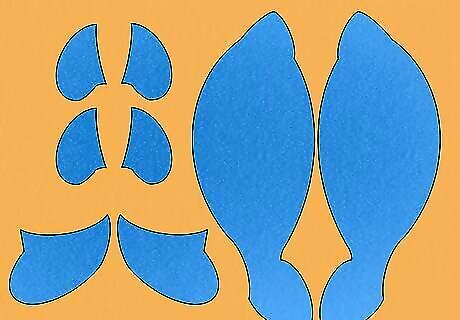
Using the fabric you want, carefully cut out your pieces. Assemble them slowly and make sure to unpick anything that looks bad. Go back over seams if there are holes, hand sewing if necessary for total accuracy.
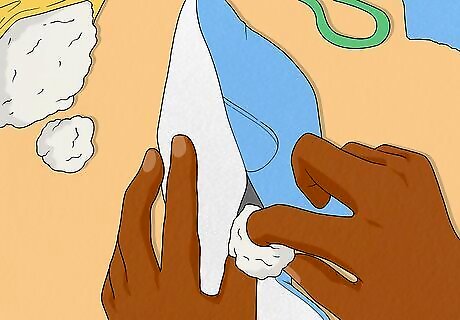
Stuff neatly and firmly to get desired shape and fullness. Certain tools such as hemostats or stuffing sticks (usually found in the package of filling) can help get the material into the tighter spaces of the toy. Make Make sure to stuff extremities such as legs, arms, tails, beaks, horns, flippers, sails, and snouts before the main body. Once the larger part of the toy is filled in, getting stiffing into the smaller parts is a lot more difficult!

Embroider, stitch, or glue on any additions as you assemble the final plush. You may choose to decorate your plush with a ribbon or tag for an even more personal touch.
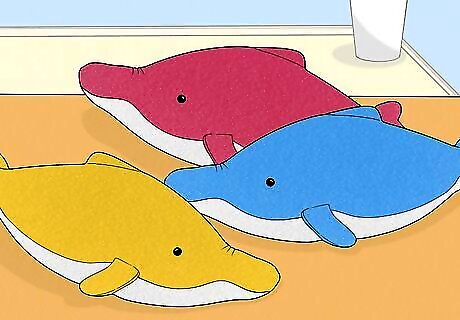
Enjoy! You can make more of your unique pattern to gift or sell, and you can even sell the pattern itself with instructions so other people can make similar creations.












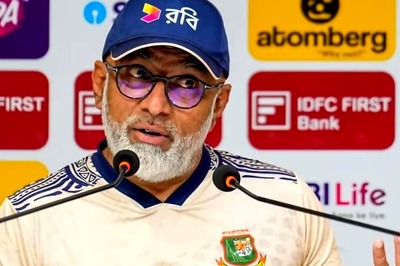



Comments
0 comment